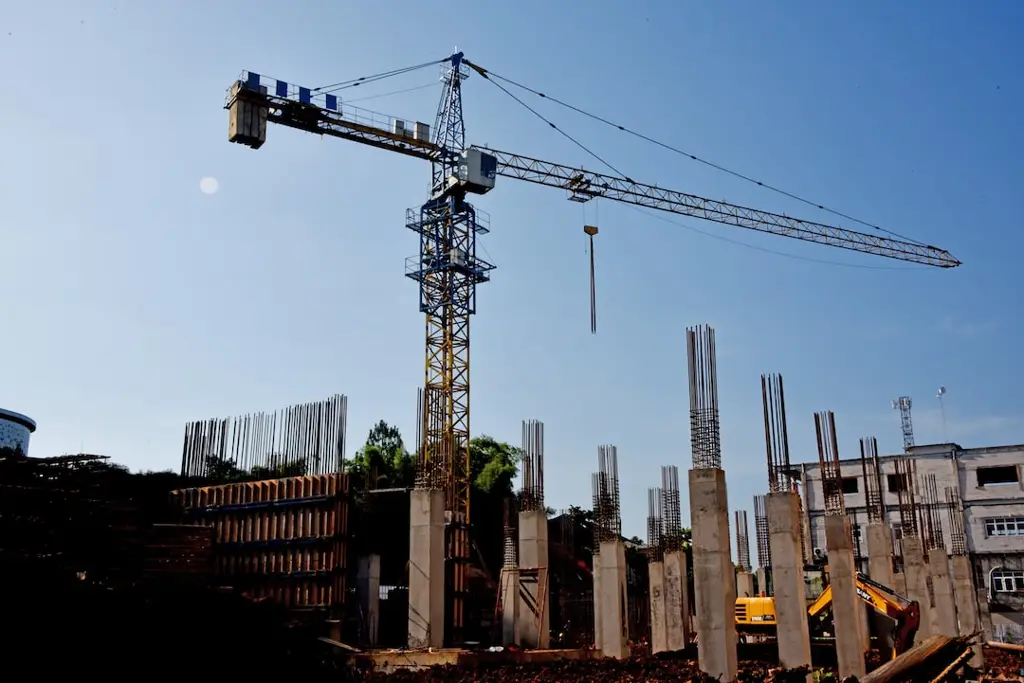Occupation Spotlight: Architecture and Engineering Occupations
Are you passionate about designing and constructing structures that shape our world? If so, a career in architecture and engineering occupations might be the perfect fit for you. This dynamic field combines creativity, problem-solving skills, and technical expertise to create stunning and functional structures. In this article, we’ll explore what architecture and engineering occupations entail, provide some job examples, outline the education and training required, discuss career progression, and offer guidance for those new to the field.
What is Architecture and Engineering Occupations?
Architecture and engineering occupations involve the design, development, and construction of various structures, ranging from buildings and bridges to roads and infrastructure. Professionals in these fields use their knowledge of science, mathematics, and design principles to create safe, aesthetically pleasing, and structurally sound projects.
Examples of Architecture and Engineering Jobs
There are numerous career paths within the architecture and engineering occupations. Here are a few examples:
- Architects: Architects are responsible for designing and planning the layout, appearance, and functionality of buildings. They collaborate with clients, engineers, and other professionals to bring their visions to life.
- Civil Engineers: Civil engineers are involved in the design, construction, and maintenance of infrastructure projects such as roads, bridges, airports, and dams. They ensure projects are safe, meet regulations, and are environmentally sustainable.
- Mechanical Engineers: Mechanical engineers focus on designing and implementing mechanical systems and processes. They work on projects like heating and cooling systems, manufacturing tools, and machinery.
- Structural Engineers: Structural engineers specialize in designing and analyzing structures to ensure they can withstand external forces and remain stable. They work closely with architects and construction teams to ensure safety and efficiency.
Education and Training
To pursue a career in architecture and engineering occupations, a relevant educational background is essential. The typical path involves:
- Obtaining a Bachelor’s Degree: Most entry-level positions require a bachelor’s degree in architecture, engineering, or a related field. These programs provide a solid foundation in mathematics, physics, design principles, and technical skills.
- Gaining Experience and Internships: While studying, it’s beneficial to gain real-world experience through internships or co-op programs. These opportunities allow students to apply their knowledge in practical settings and build professional connections.
- Earning a Master’s Degree (Optional): Although a master’s degree is not always required, it can enhance career prospects and open the door to specialized positions.
- Obtaining Licenses and Certifications: Depending on the specific occupation and location, licensure or certification may be necessary. Architects, for instance, often need to be licensed in the state they practice to ensure compliance with regulations.
Career Progression
Within architecture and engineering occupations, professionals can progress in their careers by gaining experience, developing specialized skills, and taking on more responsibilities. Advancement opportunities often include:
- Project Management: Experienced professionals may transition into project management roles, overseeing the design and construction process and collaborating with various stakeholders.
- Specialization: Growing expertise in a specific area of architecture or engineering can lead to becoming a recognized specialist. This may involve focusing on sustainable design, historic preservation, or innovative structural engineering techniques.
- Leadership Roles: With experience and seniority, individuals may advance into leadership positions within architectural or engineering firms, where they guide teams and make higher-level decisions.
Getting Started in the Field
If you’re new to the field, here’s a roadmap to help you embark on your journey:
- Research: Start by researching different architecture and engineering disciplines to find one that aligns with your interests and strengths.
- Education: Pursue a bachelor’s degree in the relevant field. Check out reputable universities and colleges offering strong programs.
- Hands-on Experience: Seek internships or part-time positions in architectural or engineering firms to gain practical experience and build your network.
- Professional Connections: Attend industry events, join professional organizations, and connect with experienced professionals for mentorship opportunities and insights.
- Continuing Education: Stay up-to-date with the latest advancements in the field by attending seminars, workshops, and pursuing advanced certifications if desired.
| Occupation | Job Level | Salary Range |
|---|---|---|
| Architecture and Engineering Occupations | Level 04 | $42,806.40 – $40,726.40 |
| Architecture and Engineering Occupations | Level 05 | $53,019.20 – $51,854.40 |
| Architecture and Engineering Occupations | Level 06 | $56,929.60 – $52,187.20 |
| Architecture and Engineering Occupations | Level 07 | $65,998.40 – $61,713.60 |
| Architecture and Engineering Occupations | Level 08 | $74,380.80 – $73,881.60 |
| Architecture and Engineering Occupations | Level 09 | $90,688.00 – $85,259.20 |
| Architecture and Engineering Occupations | Level 10 | $105,913.60 – $101,108.80 |
| Architecture and Engineering Occupations | Level 11 | $115,065.60 – $106,849.60 |
| Architecture and Engineering Occupations | Level 12 | $162,760.00 – $146,640.00 |
| Architecture and Engineering Occupations | Level 13 | $181,875.20 – $183,248.00 |
| Architecture and Engineering Occupations | Not able to be leveled | $99,361.60 – $94,931.20 |
| Architecture and Engineering Occupations | Union | $91,624.00 – $86,819.20 |
| Architecture and Engineering Occupations | Nonunion | $93,932.80 – $89,606.40 |
| Architecture and Engineering Occupations | Full-time | $94,328.00 – $90,230.40 |
| Architecture and Engineering Occupations | Full-time, Level 04 | $43,451.20 – $41,038.40 |
| Architecture and Engineering Occupations | Full-time, Level 05 | $53,539.20 – $51,750.40 |
| Architecture and Engineering Occupations | Full-time, Level 06 | $57,075.20 – $53,331.20 |
| Architecture and Engineering Occupations | Full-time, Level 07 | $66,331.20 – $62,150.40 |
| Architecture and Engineering Occupations | Full-time, Level 08 | $74,588.80 – $74,152.00 |
| Architecture and Engineering Occupations | Full-time, Level 09 | $90,459.20 – $85,571.20 |
| Architecture and Engineering Occupations | Full-time, Level 10 | $105,560.00 – $100,963.20 |
| Architecture and Engineering Occupations | Full-time, Level 11 | $114,587.20 – $106,412.80 |
| Architecture and Engineering Occupations | Full-time, Level 12 | $162,531.20 – $145,620.80 |
| Architecture and Engineering Occupations | Full-time, Level 13 | $181,396.80 – $182,561.60 |
| Architecture and Engineering Occupations | Full-time, Not able to be leveled | $99,590.40 – $95,451.20 |
| Architecture and Engineering Occupations | Part-time | $76,814.40 – $67,392.00 |
| Architecture and Engineering Occupations | Time-based pay | $93,724.80 – $89,356.80 |
| Architecture and Engineering Occupations | Incentive-based pay | $90,729.60 |
| San Jose-Sunnyvale-Santa Clara, CA | Nonunion | $148,054.40 – $128,564.80 |
| Albany, GA | Union | $62,212.80 – $68,515.20 |
In conclusion, architecture and engineering occupations present exciting opportunities for individuals passionate about design, construction, and innovation. By pursuing the right education, gaining practical experience, and continuously growing their skills, aspiring professionals can carve a successful path in this dynamic field.












